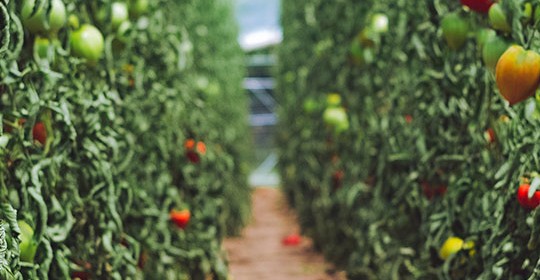Arc Design Kitchen Garden Model
Writer: James Mwaniki Wahome
Availability of vegetables in many rural areas is a challenge because of distance to markets, affordability, perishability and seasonal cycles. Most farmers of these crucial food items rely on streams to grow them, but frequent drought and limited irrigation has become a major challenge. The vegetables are scarce most of the year, except during rainy season. The vegetables are expensive, and unavailable. This has severe implications on the diet, with the most affected being pregnant mothers, elderly and children as they require the vitamins. Since mostly its women who go to market, they waste time that would otherwise be used in other economically beneficial activities.
These households, on average wash/clean clothes and utensils and there are no recycling systems that make reuse of water possible. This mean most of the kitchen and laundry water go to waste. This solution is to ensure there is maximum use of water in the households to improve on the nutritional and food security status. The arc design kitchen garden will ensure availability of vegetables throughout the year within the rural households and subsequently a sustained vitamin component in their meals.
Solution
The ‘arc design kitchen garden model” takes its name from the shape of the shallow drain that preserves the water. The garden model is located in a particular area in the homestead compound where utensils and clothes can be conveniently be cleaned from or a point where waste water from these activities can be easily be collected. A small trench lined up with polythene, and spread with sand and small stones drains water into an arc shaped shallow cut -off drain.
The drain is arc or semicircular in shape and it’s also limed with polythene to prevent seepage of water. The lower side of the arc is a lined a strip of stones, followed by sand and then the earth. Stones and sand buffer is for filtering the water off impurities like the soap and food remnants. The shallow drain is covered with dry grass mulch to prevent rapid evaporation. Shallow rows (in semi-circular shape) are constructed parallel to the shallow drain for the variety of vegetables. Most families of between four and six member in the rural areas use from forty litres of water for their daily cleaning and cooking and this goes into waste. It should be noted that the size of the model depends on the water utilization for these activities within a household.
The planting is methodically done with those vegetables that require more water taking the first row, and subsequently cascaded in other rows according to their water requirements. These vegetables include spinach, kales, tomatoes, amaranth, black nightshade, pepper, onion and carrots. On the outer lining, deep rooted crops like banana, sugarcane or mulberry can be planted to benefit from the excess overflow and to provide shade. The kitchen garden can be fenced by use of sticks and dry-banana leaves or wire-mesh where farmers can afford it. This is to prevent poultry and other small livestock from destroying the crops









Comments